Table of Contents
In these past few weeks we’ve reviewed the entire range of AMD Ryzen laptops from Asus available in stores at this point, but if you’re still confused between them, this article should help make up your mind.
We’re not going to talk about the 17-inch TUF A17 here. That’s the go-to choice if you must have a larger screen on one of these AMD laptops, and in fact, one of the very few such options, as most of the other OEMs don’t offer Ryzen powered 17-inch models. Instead, we’re going to look at the portable Zephyrus G15 and G14 models, and how they compare to the mid-range and aggressively priced TUF A15.
As far as the design and build go, the 14-inch Zephyrus G14 is obviously the more compact and lightest of the three, but also the more premium feeling. Asus used magnesium and aluminum alloys for the entire chassis, which are great to the touch and do a good job at hiding smudges on both the gray and the white versions.
The G14 also gets that Anime Matrix secondary display on the lid, which is an extra option and not available on all versions, so it’s up to you if you want to pay for it, or go with the simpler and slightly lighter variants instead.
| Asus ROG Zephyrus G15 GA502 | Asus ROG Zephyrus G14 GA401 | Asus TUF Gaming A15 FA506 | |
| Display | 15.6-inch, 1920 x 1080 px IPS non-touch, matte, 144 Hz/300- nits/62% sRGB or 240Hz 3ms/300+ nits/100% sRGB options |
14-inch, 16:9, non-touch, matte, FHD 120Hz/300+ nits/100% sRGB or QHD 60Hz/300- nits/100% sRGB |
15.6-inch, 1920 x 1080 px IPS non-touch, matte, 60 Hz/250 nits/56% sRGB or 144Hz/300- nits/62% sRGB options |
| Processor | up to AMD Ryzen 7 4800HS, 8C/16T – 35W | up to AMD Ryzen 9 4900HS, 8C/16T – 35W | up to AMD Ryzen 7 4800H, 8C/16T – 45W |
| Video | up to AMD Radeon Vega 7 + Nvidia GeForce RTX 2060Ti Max-Q 65W 6GB GDDR6 | up to AMD Radeon Vega 8 + Nvidia GeForce RTX 2060Ti Max-Q 65W 6GB GDDR6 | up to AMD Radeon Vega 7 + Nvidia GeForce RTX 2060 90W OC 6GB GDDR6 |
| Memory | up to 48 GB DDR4 3200 MHz (8/16 GB soldered, 1x DIMM) | up to 40 GB DDR4 3200 MHz (8 GB soldered, 1x DIMM) | up to 64 GB DDR4 3200 MHz (2x DIMMs) |
| Storage | 2x M.2 PCIe x4 SSDs | 1x M.2 PCIe x4 SSD | 2x M.2 PCIe x4 SSDs + optional 2.5″ bay on 48Wh battery models |
| Connectivity | Wireless 6 (Intel AX200) 2×2, Bluetooth 5.0, Realtek RTL8168/8111 Gigabit LAN | Wireless 6 (Intel AX200) 2×2, Bluetooth 5.0 | Gigabit LAN (Realtek RTL8168/8111), Wireless 5 (Realtek 8822CE) 2×2, Bluetooth 5.0 |
| Ports | 3x USB-A 3.2, 1x USB-C gen 2 with DP and charging, HDMI 2.0b, LAN, headphone/mic, Kensington Lock | 2x USB-A 3.2, 1x USB-C gen 2 with DP1.4 and charging, HDMI 2.0b, headphone/mic, Kensington Lock | 2x USB-A 3.2, 1x USB-A 2.0, 1x USB-C gen 2 with DP and data, HDMI 2.0b, LAN, headphone/mic, Kensington Lock |
| Battery | 76 Wh, 180 W power adapter, USB-C charging up to 65W | 76 Wh, 180 W power adapter, USB-C charging up to 65W | 48/90 Wh, 180/230 W power adapter, no USB-C charging |
| Size | 360 mm or 14.17” (w) x 252 mm or 9.92” (d) x 20.4 mm or .79” (h) | 324 mm or 12.75” (w) x 222 mm or 8.74” (d) x 19.9 mm or .78” (h) | 360 mm or 14.17” (w) x 256 mm or 10.079” (d) x 24.9 mm or .98” (h) |
| Weight | ~2.02 kg (4.46 lb), .56 kg (1.23 lbs) power brick and cables, EU version | from 1.6 kg (3.6 lbs), .59 kg (1.3 lbs) power brick and cables, EU version | ~2.22 kg (4.9 lbs), .80 kg (1.76 lbs) 230W power brick and cables, EU version |
| Extras | white backlit keyboard, no webcam, stereo bottom speakers | white backlit keyboard, no webcam, quad speakers, finger-sensor, Anime Matrix Display | single-zone RGB backlit keyboard, webcam, stereo speakers |
Video comparison
The two 15-inch models, on the other hand, are roughly the same size, with the G15 just marginally smaller and lighter by about 200 grams. They both get plastic interior constructions, with a smooth finishing on the G15 and a textured one on the A15s.
The G15 is however only available in a black theme, with a black aluminum lid cover, while the A15s are available in two exterior versions: the Gray one is also made out of aluminum, but the kind that actually feels nicer and hides smudges better, while the Black one is plastic and mostly reserved for the lower-tier configurations. Normally, I’d be fine with Black laptops such as the G15, but the materials on this one are highly prone to fingerprints and finger oil, and I’m not fond of the idea of constantly having to rub this clean.
As far as practicality goes, these three laptops share similar traits, such as screens that can be easily adjusted with a single hand and lean back to about 145 degrees, grippy rubber feet on the bottom, and a good set of ports on the sides.
The smaller G14 gets USB-A and C ports, HDMI and a headphone jack, while the 15-inch models also get a LAN connector. None of them include a card-reader or support Thunderbolt 3, but the Zephyrus G14 and G15 both allow PowerDelivery through the USB-C port, while the A15 does not.
However, the A15 gets a webcam at the top of the screen, and there’s no included webcam on either of the Zephyrus laptops. That allowed Asus to shrink the bezels on the sides and top, but some of you might still find this aspect to be a deal-breaker.
The A15 also lines most of the IO on the left side and towards the back of the laptop, so it will feel the less cluttered of the three when hooking up peripherals. The Zephyrus models line the ports on both sides, towards the middle and front of the chassis, as the back is reserved for the thermal module.
Performance and thermals
As far as thermals go, the components run hot with games and demanding tasks on all these laptops, but for different reasons.
Here’s what we measured in terms of CPU and GPU temperatures in Far Cry 5 and Witcher 3.
- Zephyrus G15 – Ryzen 7 4800HS + GTX 1660Ti 60W, Turbo: Far Cry 5 (96 CPU, 84 GPU), Witcher 3 (96 CPU, 79 GPU);
- Zephyrus G14 – Ryzen 7 4800HS + RTX 2060 65W, Turbo: Far Cry 5 (96 CPU, 82 GPU), Witcher 3 (90 CPU, 79 GPU);
- TUF A15 FA506IV – Ryzen 7 4800H + RTX 2060 90W, Turbo: Far Cry 5 (95 CPU, 78 GPU), Witcher 3 (92 CPU, 79 GPU);
- TUF A15 FA506IU – Ryzen 5 4600H + GTX 1660Ti 80W, Turbo: Far Cry 5 (94 CPU, 78 GPU), Witcher 3 (90 CPU, 75 GPU);
The G14 is a smaller device with powerful hardware for its class, and despite its elaborate thermal design, there’s no way to beat physics when cramming 100W of CPU and GPU power in a 14-inch chassis. The G15 gets the same kind of hardware in a larger 15-inch body, but a more basic thermal module and its fans are covered with a plastic film, so it runs just as hot as the G14, if not hotter.
Finally, the A15 hits the same kind of high temperatures, but with a 45W processor and 90W GPU, so it’s also the far more competent option in games. Furthermore, lower-tier configurations with GTX 1650Ti and 1660Ti chips run significantly cooler, and the A15 also spreads the least amount of heat onto the keyboard and underside, thus is the most comfortable to game on for hours at a time.
In conclusion, the two Zephyrus models are lighter and more portable, but sacrifice on the performance and thermals. That’s easier to accept on the smaller G14, but less so on the 15-inch G15, which is a lot closer in size to the more capable A15s.
Still, what is the performance difference between these platforms?
We’ve reviewed several configurations of the G14, G15 and A15 notebooks, and we’ll show you what to expect in terms of benchmarks results, real-life workloads, and gaming experience. The Zephyrus models are both based on AMD Ryzen HS APUs, the premium offers meant to offer excellent performance within a 35W power envelope, compared to the 45W TDP of the regular Ryzen H APUs implemented in the A15s. And indeed they’re within 10% of the full-power versions in Cinebench, Geekbench, 3DMark or Blender and Handbrake.
Our reviews include more performance logs and analysis.
The A15 steps ahead in GPU tests though, and especially in games, as it runs on full-power GTX and RTX graphics chips, while the G14 and G15 only get MaxQ versions of the same chips. The RTX 2060 90W configuration of the A15 is the most capable option here, with the GTX 1660Ti version in the same A15 at roughly 90% of its performance, and the Max-Q implementations in the Zephyrus notebooks at 70-85%.
| FHD Turbo settings | G15 – R7/1660Ti 60W | G14 – R7/2060 65W | A15 – R5/1660Ti 80W | A15 – R7/2060 90W |
| Battlefield V (DX 12, Ultra Preset, Ray-Tracing OFF) | 74 fps avg (44 fps – 1% low) | 74-88 fps | 78-90 fps | – |
| Far Cry 5 (DX 11, Ultra Preset, SMAA) | 78 fps avg (57 fps – 1% low) | 84 fps | 83 fps | 91 fps |
| Middle Earth: Shadow of Mordor (DX 11, Ultra Preset) | 128 fps | – | 140 fps | 147 fps |
| Red Dead Redemption 2 (DX 12, Ultra Optimized, TAA) | 62 fps (28 fps – 1% low) | 59 fps | 59 fps | 69 fps |
| Rise of Tomb Raider (DX 12, Very High Preset, FXAA) | 80 fps | 82 fps | 85 fps | 91 fps |
| Shadow of Tomb Raider (DX 12, Highest Preset, TAA) | 68 fps (55 fps – 1% low) | 70 fps | 72 fps | 78 fps |
| Strange Brigade (Vulkan, Ultra Preset) | 92 fps | 109 fps | 106 fps | 119 fps |
| The Witcher 3: Wild Hunt (DX 11, Ultra Preset, Hairworks On 4) | 46-73 min-max fps (62 fps avg, 46 fps – 1% low) |
58-90 fps | 58-82 fps | 64-98 fps |
- Battlefield V, The Witcher 3 – recorded with Fraps/in-game FPS counter in campaign mode;
- Far Cry 5, Middle Earth, Strange Brigade, Red Dead Redemption 2, Tomb Raider games – recorded with the included Benchmark utilities;
- Red Dead Redemption 2 Optimized profile based on these settings.
Performance aside, though, you should also consider the hardware differences between these laptops.
The A15 offers the wider upgrade path, with two memory slots and two M.2 SSDs, as well as either a 90Wh battery, or a 48Wh battery plus a HDD cage, depending on the configuration. On the G14 and G15, part of the memory is soldered, so there’s only one available RAM slot, as well as either a single SSD slot of the G14 or two SSD slots on the G15. Both also get a 76 Wh battery, so they won’t last as long on a charge as the 90W version of the A15.
For reference, expect 4-5 hours of multitasking and 8-10 of video on the 90W A15 models, and 3-4 hours of multitasking and 6-8 of video on the Zephyrus laptops. However, also keep in mind that the G14 and G15 come with smaller power bricks and also support USB-C charging, while the A15 gets a bulkier and heavier brick, especially on the RTX 2060 version.
Inputs and screens
But that’s not all, to complicate things further, you also need to consider the screens and inputs on these three.
The Zephyrus G14 clearly wins on inputs, with an excellent keyboard and a nice glass clickpad. It only gets white and fairly dim illumination, which makes the keys challenging to read in the dark, especially on the White model with Silver keys.
The A15 comes second on my list, with a full keyboard layout and brighter RGB lighting, as well as a touchpad with physical click buttons. It’s still rather small, though, and the keys feel somewhat mushy and not as comfortable as those on the G14.
Finally, the G15 comes last here, with a shallower white-backlit keyboard and a clunky plastic clickpad. None of them offer biometrics, with the exception of the G14 that integrated a finger-sensor in the power button.
However, the G15 wins at the screen options, as it’s available with a punchy and fast 240 Hz display with 3ms response and 100% sRGB coverage. In comparison, the A15s top at a 144 Hz display with lower brightness and washed out 62% sRGB colors, as well as slower response that leads to ghosting in games.
As for the G14, this one is available with either a 120 Hz panel, but again limited by slower response times and muddy colors, or a QHD 60 Hz screen with 100% sRGB coverage, but with limited brightness and not an ideal option for games, plus also an expensive extra only available on higher-tier configurations.
Here’s a quick summary of the three, and more details are available in each of the reviews:
- Zephyrus G15: 15.6-inch, FHD IPS non-touch, matte, 144 Hz/300- nits/62% sRGB or 240Hz 3ms/300+ nits/100% sRGB options;
- Zephyrus G14: 14-inch, FHD IPS non-touch, matte, FHD 120Hz/300+ nits/100% sRGB or QHD 60Hz/300- nits/100% sRGB;
- TUF Gaming A15: 15.6-inch, FHD IPS non-touch, matte, 60 Hz/250 nits/56% sRGB or 144Hz/300- nits/62% sRGB options.
Pricing and final thoughts
The TUF A15s are by far the most affordable options here, with Ryzen 7/GTX 1660Ti models starting at around $1000. The G15 starts at $1299 for a similar configuration, but in the HS/Max-Q variants, while the G14 is expected to go for around $1249 for a similar model, but at a later date, as it’s not available right now. You can also find all these series in various other configurations, ranging from under $800 for the base A15s, up to $2000 for the top G14s. Furthermore, prices and configurations vary between regions, so it’s up to you to check them locally and figure out which is the better value for you.
For what is worth though, the TUF A15s are the best bang for your buck here. Sure, they’re full-size laptops and don’t feel or look as nice as the others, but they offer the best performance and thermals for the least amount of money. Too bad there’s no great screen option on these, I would have gladly paid $100 extra for that 240 Hz panel offered with the G15 and the higher-tier Asus gaming notebooks.
At the other end, the Zephyrus G14 is a unique product right now, the only sub-15 inch notebook with this sort of abilities, features, and performance. You’re paying a premium, but you’re also getting an excellent compact notebook, and those mid-tier configurations are actually competitively priced for what they are.
Finally, there’s the G15, and that 240 Hz screen is pretty much the only reason to go with it over the other two. Otherwise, it’s more expensive and not as powerful as the A15, and also larger and about the same price as the mid-range G14 configurations. That why I feel this needs to drop in price to compensate for its quirks, and even then it would still remain my third choice out of this bunch.
With that in mind, this pretty much wraps up this comparison, but please let me know what you think about these notebooks in the comments section, I’d love to hear your thoughts and whether you agree or disagree with mine.

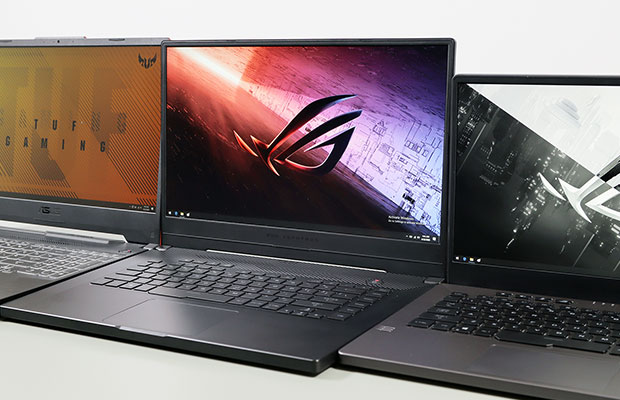

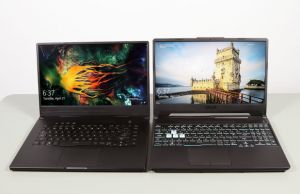
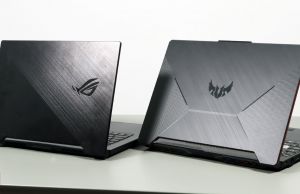
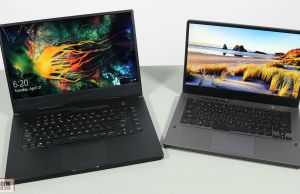
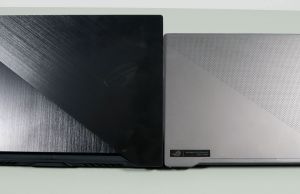

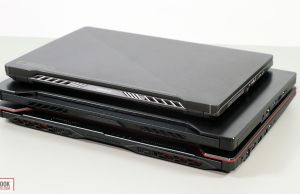
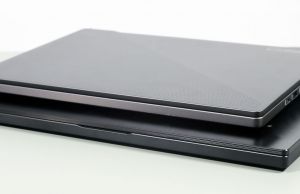
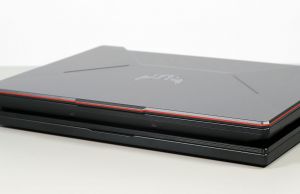
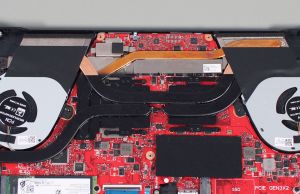
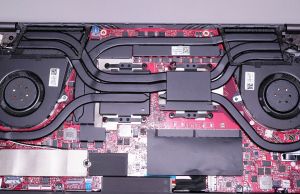
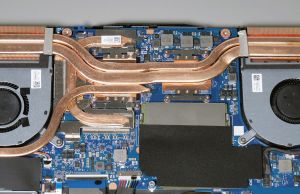
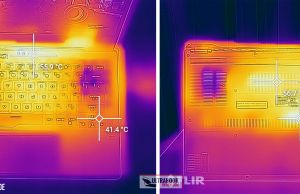
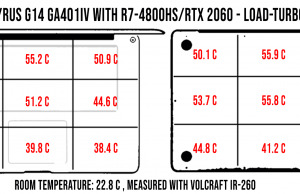
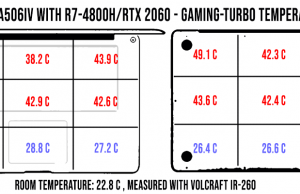
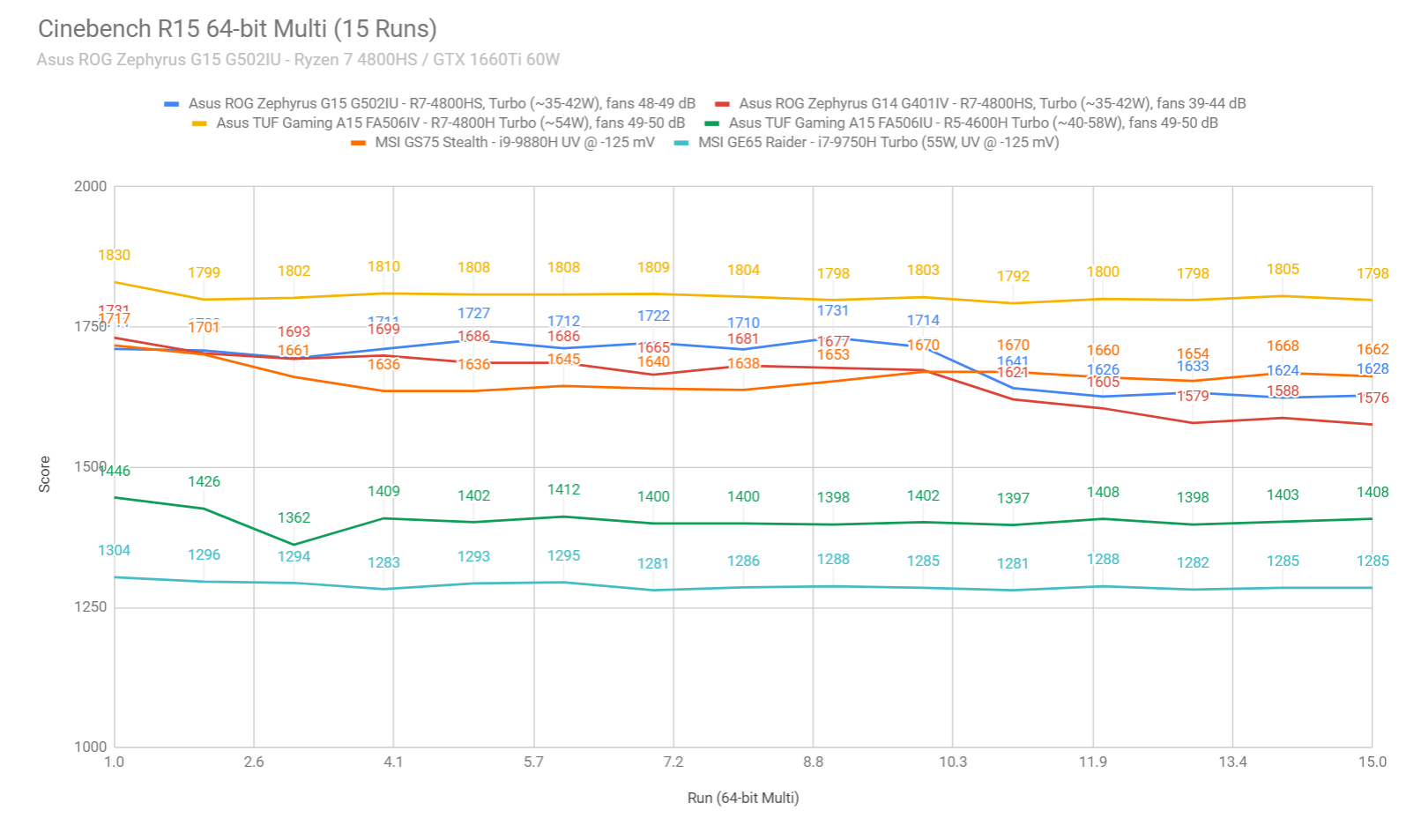
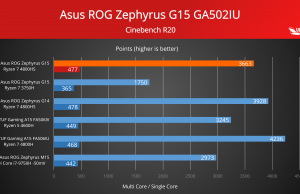
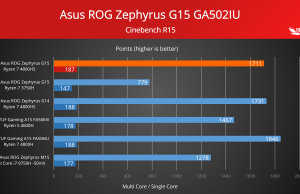
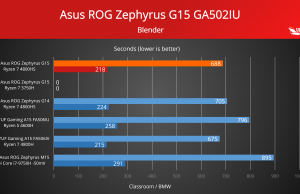
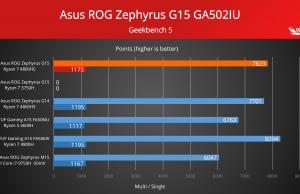
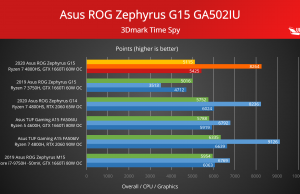
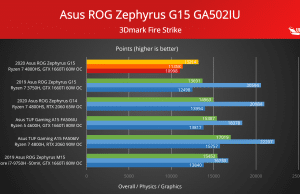
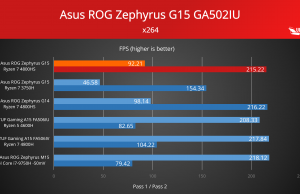
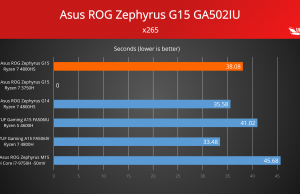
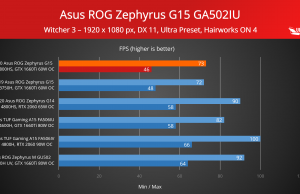
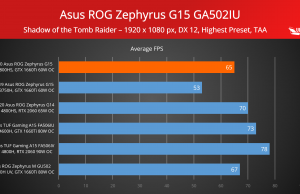
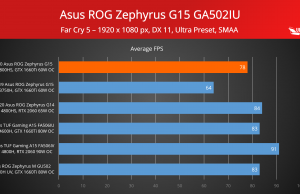
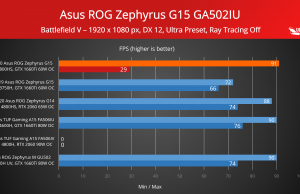
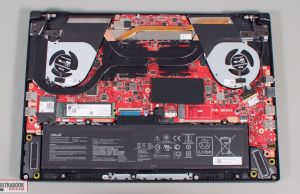
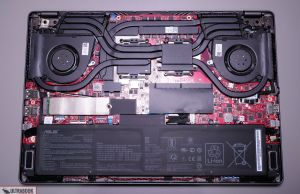
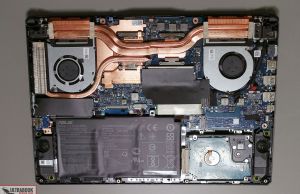

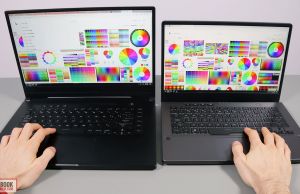
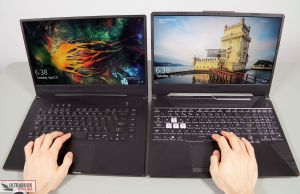
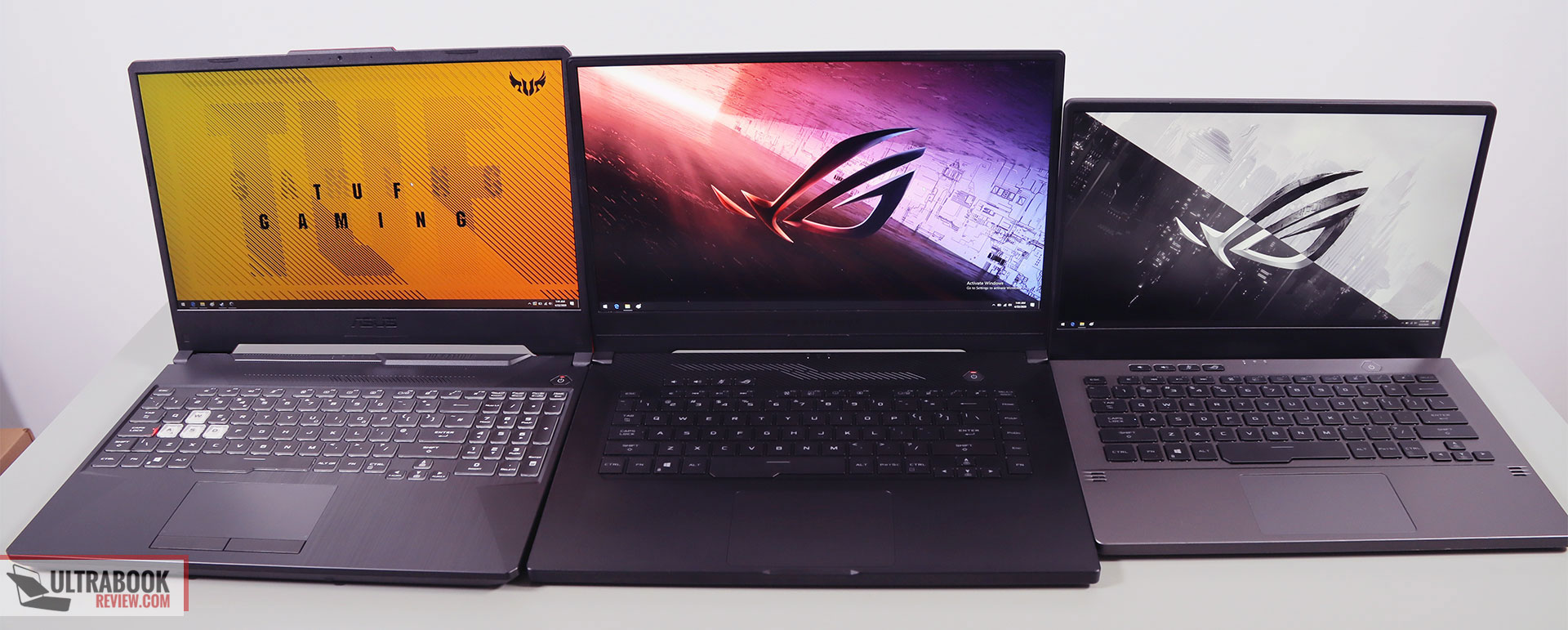
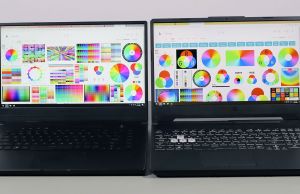
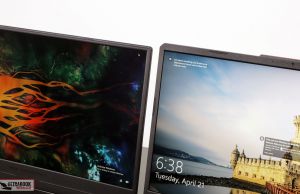
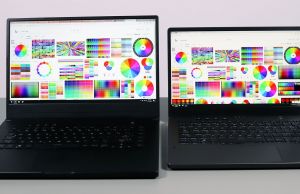
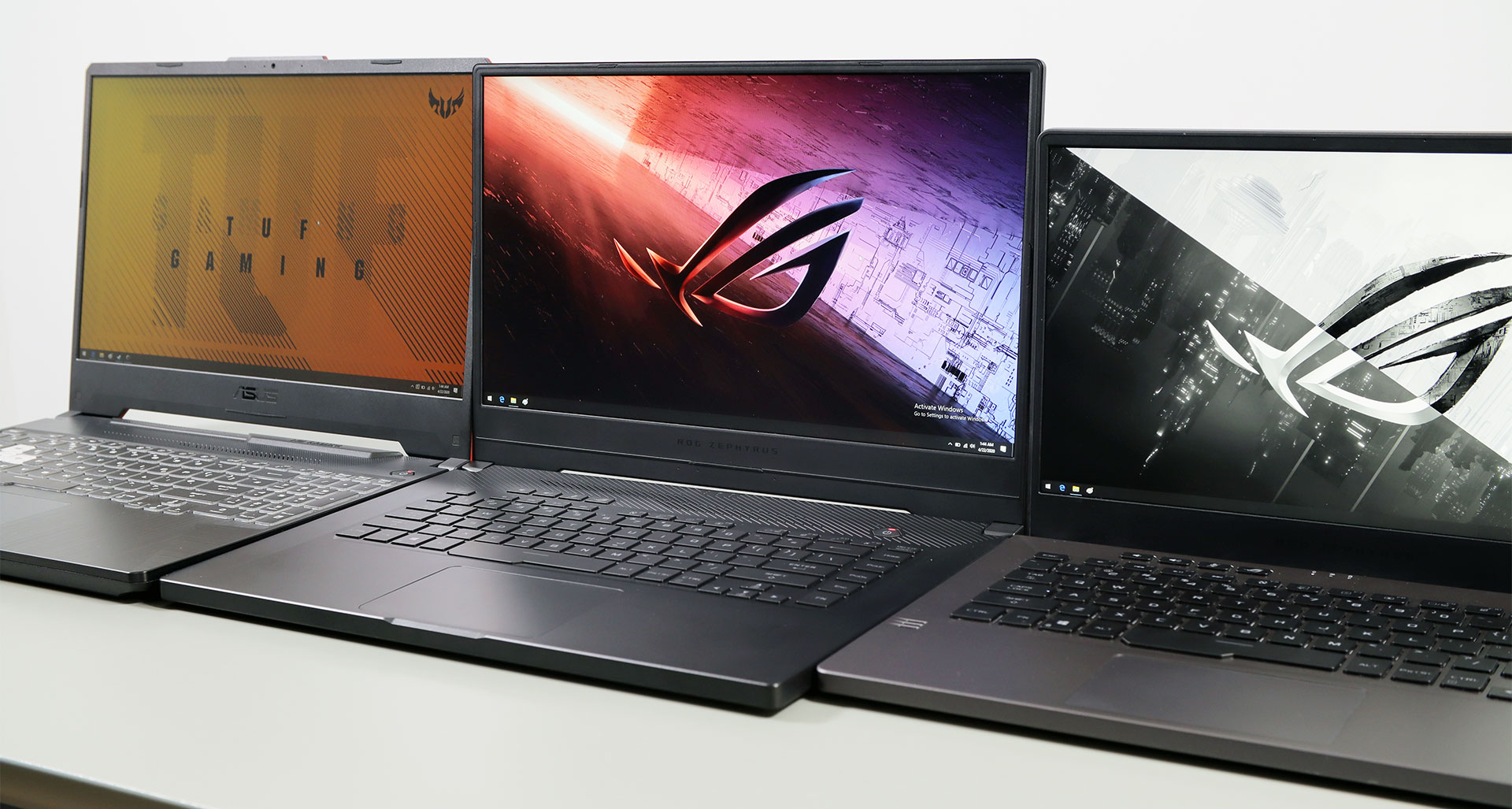


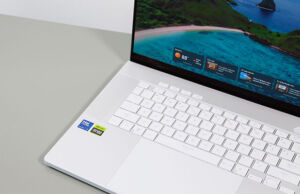

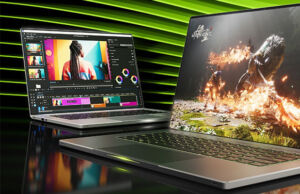
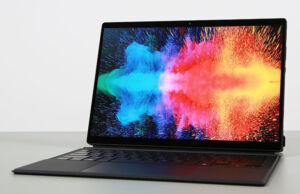




Daniel
April 23, 2020 at 9:15 pm
I have both of the 2020 15s from BestBuy this week, and based on my own experience plus your review, I am confident too that the G15 is the one going back to the store, thank you! Bummer my A15 came with Wifi 5.
john
May 27, 2020 at 5:10 am
You can upgrade to Wifi 6 card easily for about $25.
Niranjan Banda
April 24, 2020 at 1:20 pm
In Germany, we have ASUS TUF Gaming A15 FA506 with Ryzen™ 7 Prozessor, 16 GB RAM, 512 GB SSD, GeForce® RTX 2060 with ROG Boost for EUR 1299. Whereas, ASUS ROG Zephyrus G14 with Ryzen™ 5 4600HS, 8GB RAM, 512 GB SSD, 1 TB HDD, GeForce GTX 1650 Ti. So, what do you recommend me buy? As far as screen and performance is considered. I work on Autodesk Inventor, ANSYS FliudSym and Static Simulations all the time.
Andrei Girbea
April 24, 2020 at 1:31 pm
G14 – smaller, better screen
A15 – significantly increased performance
Up to you, but I'd incline towards the A15 in this case, and just hook a better external display if color accuracy matters.
MOFO
April 24, 2020 at 3:59 pm
Recommending a external monitor defeats the whole purpose of getting a laptop I realize ASUS is going budget and trying to save money with the A15 but the screen is absolutely horrible.Washed out dim and below average. For something your going to be staring at the most ASUS should of used a better panel and charged $50 more.
While I prefer the G14 the White laptop is not my style and a bit pissed the RTX 2060MQ is not available in the darker shade , Anime Matrix screen is stupid.
Andrei Girbea
April 24, 2020 at 4:05 pm
Fair enough. I totally agree they should have put a better screen and charge for more.
However, he wanted a computer for Autodesk and 2D simulation, so In my opinion those would benefit more from beefier hardware (R7 + 2060 vs R5 + 1650Ti) than a 100%sRGB screen. Plus, I'd reckon this sort of tasks happen on a desk, with a mouse, etc, so having ane external monitor would not be that outrageous.
Oh, and have you seen the A15 144Hz panel in person? I have, and sure, it's only 62% sRGB, but it's still usable.
kevin chung
April 24, 2020 at 5:39 pm
As an premiere and after effect user I need as much screen and as big as possible. Also need color accuracy when I am working remote with just the laptop. For my case the G15 is the only choice unless Lenovo finally comes out the Ryzen Legion with 2060.
I am trying i7-9750 helio 300 but 6 core is not enough. i7-10870 is $500 more which I don't want to spend.
Andrei Girbea
April 24, 2020 at 6:19 pm
Actually, premiere benefits from quick sync, so are you sure you'd be getting improved results with the R7? Rendering should be fairly similar, but probably scrubbing and daily use should feel a little snappier with R7. I haven't tried Premiere, I moved on to Davinci a while ago
kevin chung
April 25, 2020 at 1:59 am
For basic video quick sync works great.
I am dealing with lots of ProRes codec and start receiving 6k and 8k footages. Also like to encodes 2 pass. In these case the quick sync become useless.
I will be soon start to use more Davinci hopefully the 2060 is fine to handle.
Florin Balanescu
May 3, 2020 at 1:25 am
Many reviews put the G14 (4900HS + 2060MQ) at 9-11 hours of battery life playing YouTube or Netflix, while the G15 (4800HS and either graphics option) at only 6 hours. What would make the difference? Panel? Cooling solution? Drivers?
Andrei Girbea
May 3, 2020 at 9:41 am
Drivers and testing methodology. Our models all experienced issues with the Nvidia GPU not deactivating properly either at 60 or 120 Hz.
JY
April 24, 2020 at 5:21 pm
May I ask how you found out that the darker g14 doesn't come with the 2060? I was actually favouring the g14 as my next laptop but if only the white option is available with a 2060 the equation changes a little.
ZIhan
April 27, 2020 at 6:56 pm
I only want a laptop with 4800h CUP+RTX 2060 GPU+ 100%sRGB screen, but I found there are few laptops suit me. The screen of A15 is terrible, Legion 5 provides no graphcis card better than 1650ti in North America, G15 has a RTX 2060 but it's 2060 Max-Q and G15 is a little bit expensive. Damn.
Aditya Mehta
May 12, 2020 at 12:57 pm
hello
my doubt is that i have been gaming on a potato pc with only 30 fps and low graphic settings and never experienced 4k or 120fps gaming and want to buy A15 2060rtx model, however many reviewers gave negative reviews about the screen. i want to buy this laptop solely for gaming purpose (mostly first person shooter games) so should i go for it?? will the screen be and issue?? also i wont be having any external monitor options as i travel frequently
Peter
May 12, 2020 at 4:32 pm
I’d suggest don’t buy yet. I’m in the same situation and these new Ryzen CPUs are very attractive and priced amazing, but these ASUS guys are just the first. Lenovo, HP, ACER, MSI, are all coming with there Ryzen CPUs, so if you can afford to wait a month or 2, you’ll have a ton more options. And if at that time the A15 or G15 still looks like the best value for you, buy it and you’ll have no regrets.
aditya mehta
May 12, 2020 at 11:37 pm
thank you so much 👍
Christopher
May 23, 2020 at 5:07 pm
I just went with the G14. Partially because of buying one right now. But also the performance coupled with battery life. I realize there isn't really one "perfect" gaming laptop. I'd use mine mainly for video/graphic/photo work, as well as music composition and gaming. They're all portable and I wouldn't mind the 15 or even 17in screens. However, I think it's based on what you value.
For me, I had to value the battery and portability over trying to get the best gaming performance. It will handle games great, while also meeting some of those other core needs.
If you're going for non-maxQ gaming performance, screens size, etc, then other options might suit more than the G14 even if they are thicker, larger with less battery life.
Andrei Girbea
May 24, 2020 at 11:00 am
That's the smart way to buy something imo: figure out what you need and what you can compromise on.
Joe
December 11, 2021 at 12:26 pm
I can't buy a brand new A15 they are out of stock every where! HELP
Eddy
October 11, 2020 at 2:27 pm
Just wait for the 2021 predator 300